Australia – Queensland
Mt Tamborine is a popular hang gliding site in Queensland, Australia, located about 50 minutes from Brisbane and 30 minutes from Gold Coast. It offers spectacular views of the hinterland and the coast, as well as a variety of flying conditions for different skill levels. Here is some information to help you plan your visit and enjoy your flight.
Site Information
Mt Tamborine has one main launch sites: It has a grassy slope with easy access by car and ample parking. The launch site is managed by the Canungra Hang Gliding Club (CHGC), which requires all pilots to be members or visitors of the club and have a valid HGFA license. The club also provides windsocks, safety signs, toilets and drinking water at the launch sites.
The landing areas are located at the bottom of the mountain, near the town of Canungra. There are two main landing areas: Oz Sky Ranch and Canungra Sports Ground. Both are large open fields with windsocks and clear approaches. The landing areas are also managed by the CHGC, which provides shuttle buses to transport pilots back to the launch sites.
Here are the locations and directions for the launch and landing areas, including their latitude and longitude in decimal degree format:
North Launch
- Location: 294 Main Western Road, Tamborine Mountain QLD 4272
- Direction: North-North-East
- Access: From Canungra, follow Tamborine Mountain Road for about 15 km until you reach Main Western Road. Turn left and follow Main Western Road for about 3 km until you see a sign for Hang Gliders Lookout on your left. Turn left into the car park and follow the path to the launch site.
- URL: https://goo.gl/maps/9fZ8wXv8fW2jx4pE7
Oz Sky Ranch
- Location: King Street, Canungra QLD 4275
- Access: From Canungra, follow Kidston Street for about 1 km until you reach King Street. Turn right and follow King Street for about 500 m until you see a sign for Oz Sky Ranch on your left. Turn left into the driveway and follow it to the landing area.
- URL: https://goo.gl/maps/6YQmZKcHmYkFtS1aA
Canungra Sports Ground
- Location: Coburg Road, Canungra QLD 4275
- Access: From Canungra, follow Kidston Street for about 1 km until you reach Coburg Road. Turn left and follow Coburg Road for about 500 m until you see a sign for Canungra Sports Ground on your right. Turn right into the car park and follow it to the landing area.
- URL: https://goo.gl/maps/8dRnBQwzZGyMgqQaA
Flying Conditions and Restrictions
Mt Tamborine is suitable for intermediate to advanced pilots who can handle dynamic and thermic conditions. The site is not recommended for beginners or low airtime pilots. The site can be flown in a range of wind directions, from north-east to south-east, depending on the launch site. The best wind speed is between 10 and 20 km/h. The site can also be flown in light or nil wind conditions, using aero-towing or paragliding techniques.
The flying season is from September to May, with the best months being October to April. The site can be flown all day, but the best time is usually in the afternoon when the sea breeze kicks in. The site can also produce some spectacular sunsets and moonlight flights.
The site has some restrictions and hazards that pilots should be aware of:
- All pilots must be members or visitors of the CHGC and have a valid HGFA license.
- All pilots must sign in and out at the launch sites and pay a $5 fee per day or $50 per year to the CHGC.
- All pilots must follow the CHGC site rules and code of conduct, which are displayed at the launch sites and on the CHGC website1.
- All pilots must respect the local residents and landowners, and avoid flying over or landing on private property without permission.
- All pilots must avoid flying over or near the nearby Lamington National Park, which is a World Heritage Area and a restricted airspace.
- All pilots must avoid flying over or near the nearby military base at Canungra, which is also a restricted airspace.
- All pilots must be aware of the power lines, trees, fences, roads and other obstacles near the launch and landing areas.
- All pilots must be aware of the changing weather conditions, especially the possibility of strong winds, turbulence, cloud suck, rain and thunderstorms. Pilots should check the weather forecast2345 before flying and monitor the conditions while flying. Pilots should also carry a radio and a GPS for communication and navigation.
Best Times to Fly and Visit
Mt Tamborine is a great place to fly and visit all year round, but some times are better than others depending on your preferences and goals. Here are some suggestions for when to fly and visit Mt Tamborine:
- If you want to experience the best flying conditions, visit in October or November, when the weather is warm, sunny and stable, and the sea breeze is consistent and smooth.
- If you want to challenge yourself with strong thermals and cross-country flights, visit in December or January, when the weather is hot, humid and unstable, and the thermals are powerful and plentiful.
- If you want to enjoy the scenic views of the hinterland and the coast, visit in February or March, when the weather is clear, calm and pleasant, and the visibility is high.
- If you want to avoid the crowds and have more space in the air, visit in April or May, when the weather is mild, dry and variable, and the flying season is winding down.
- If you want to try something different and fly in light or nil wind conditions, visit in June or July, when the weather is cool, cloudy and calm, and you can use aero-towing or paragliding techniques to get airborne.
- If you want to witness some spectacular sunsets and moonlight flights, visit in August or September, when the weather is crisp, clear and breezy, and the sun sets late and the moon rises early.
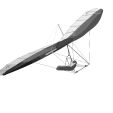
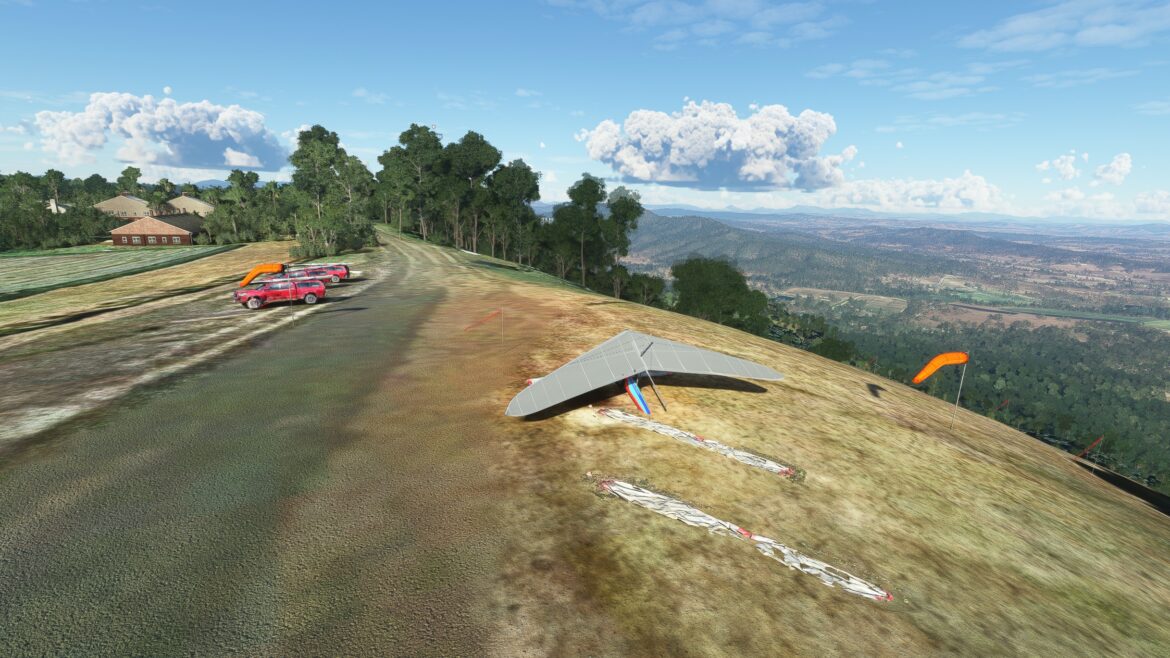
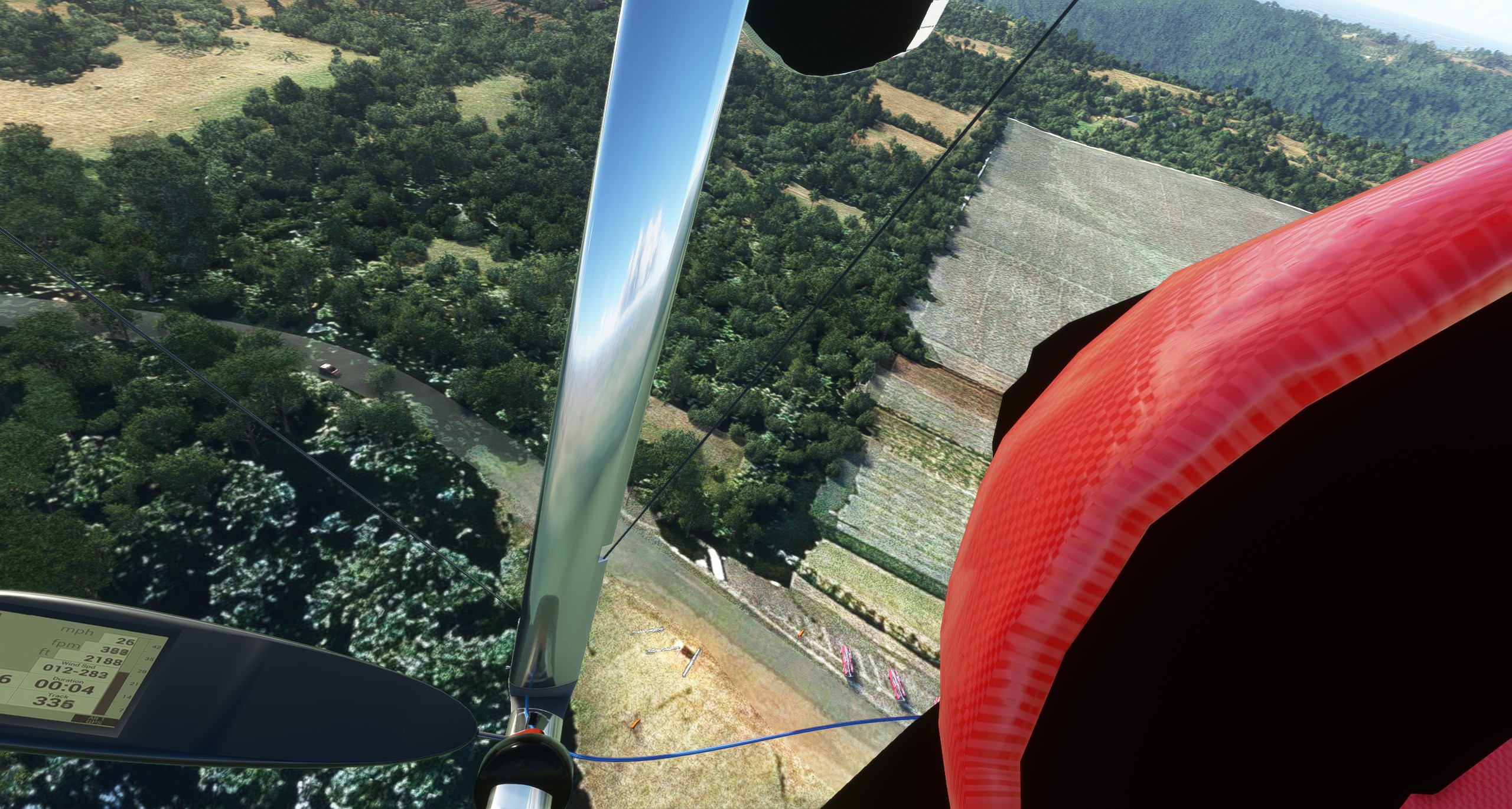
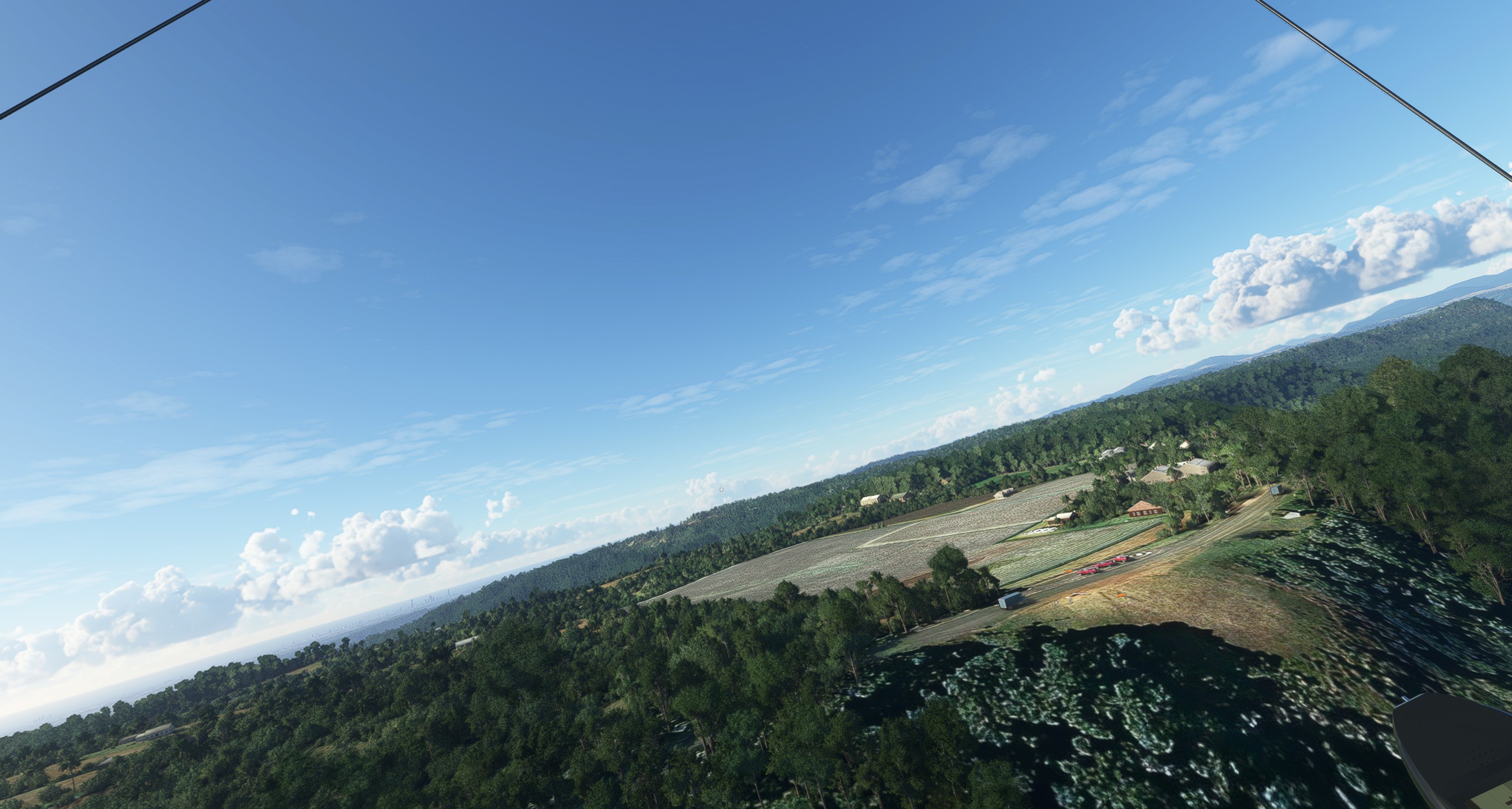
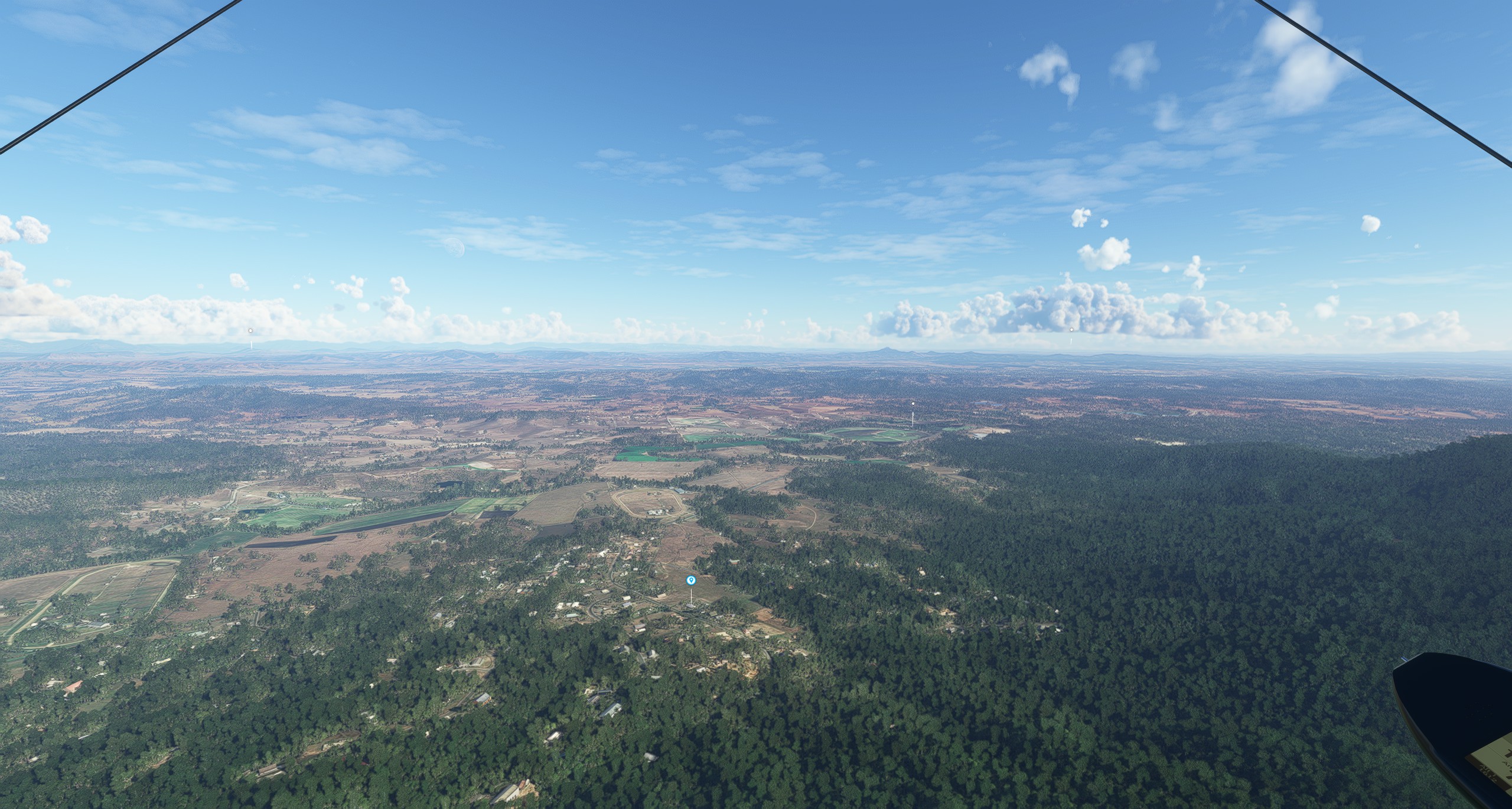
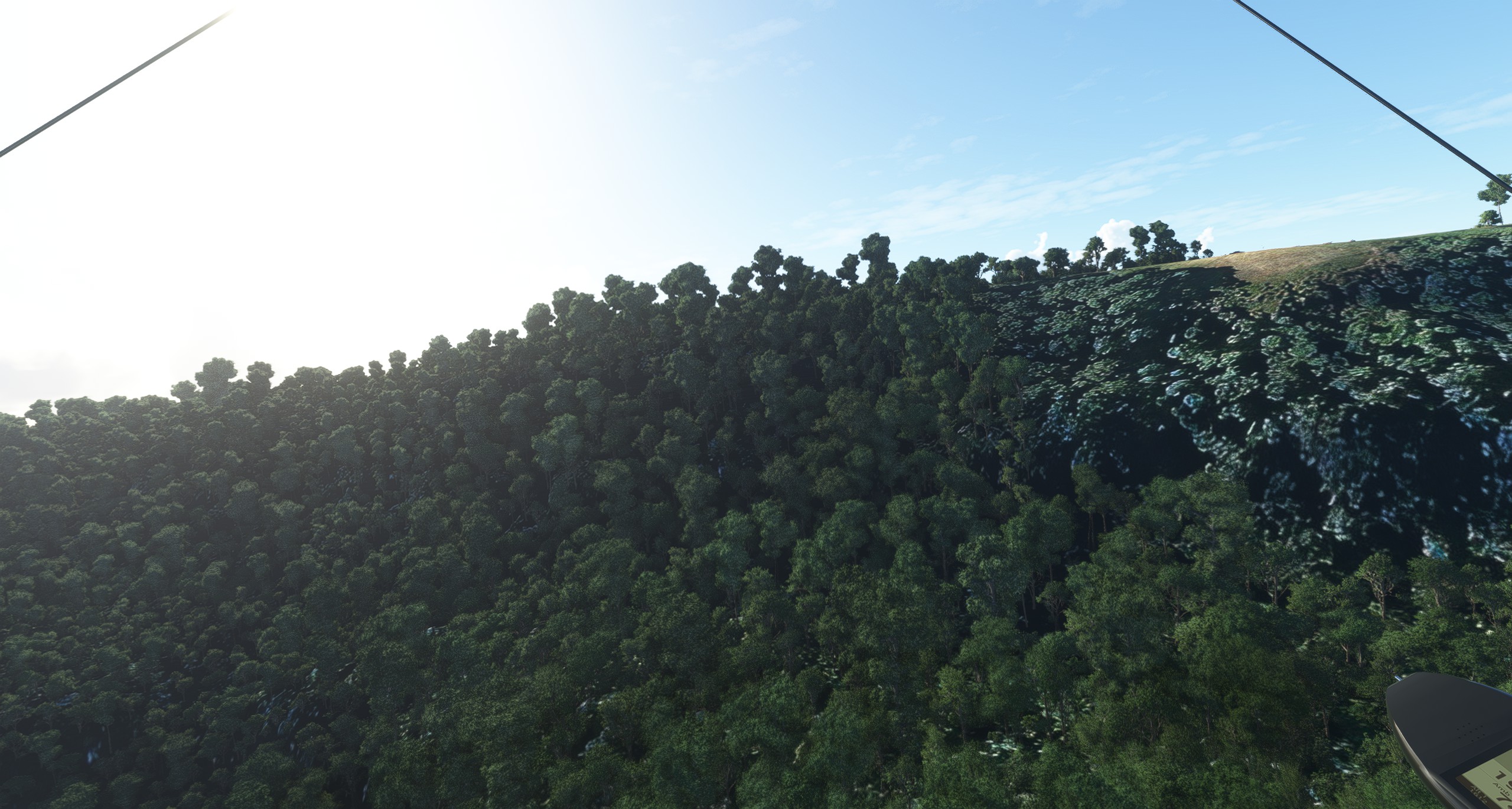
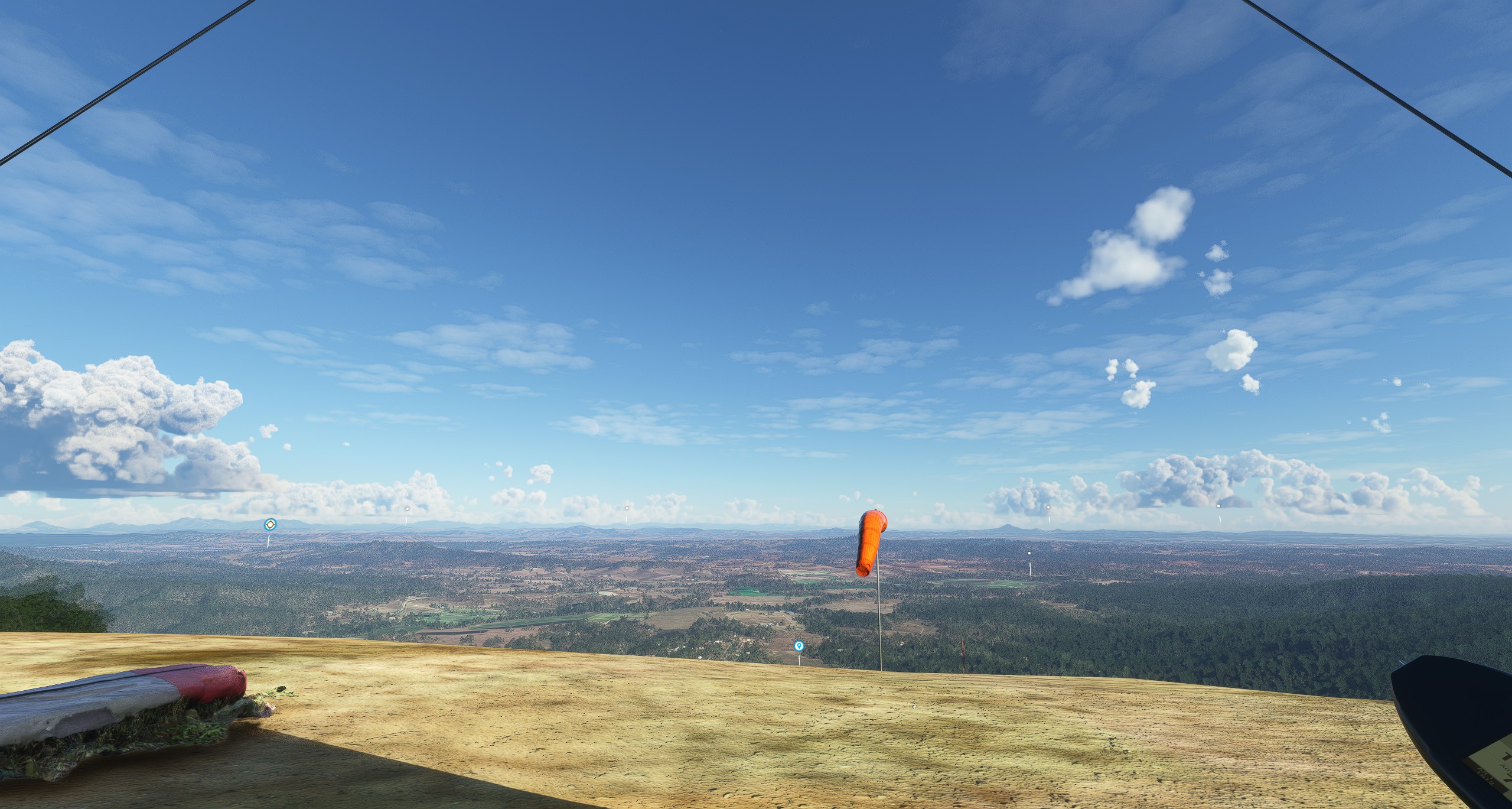
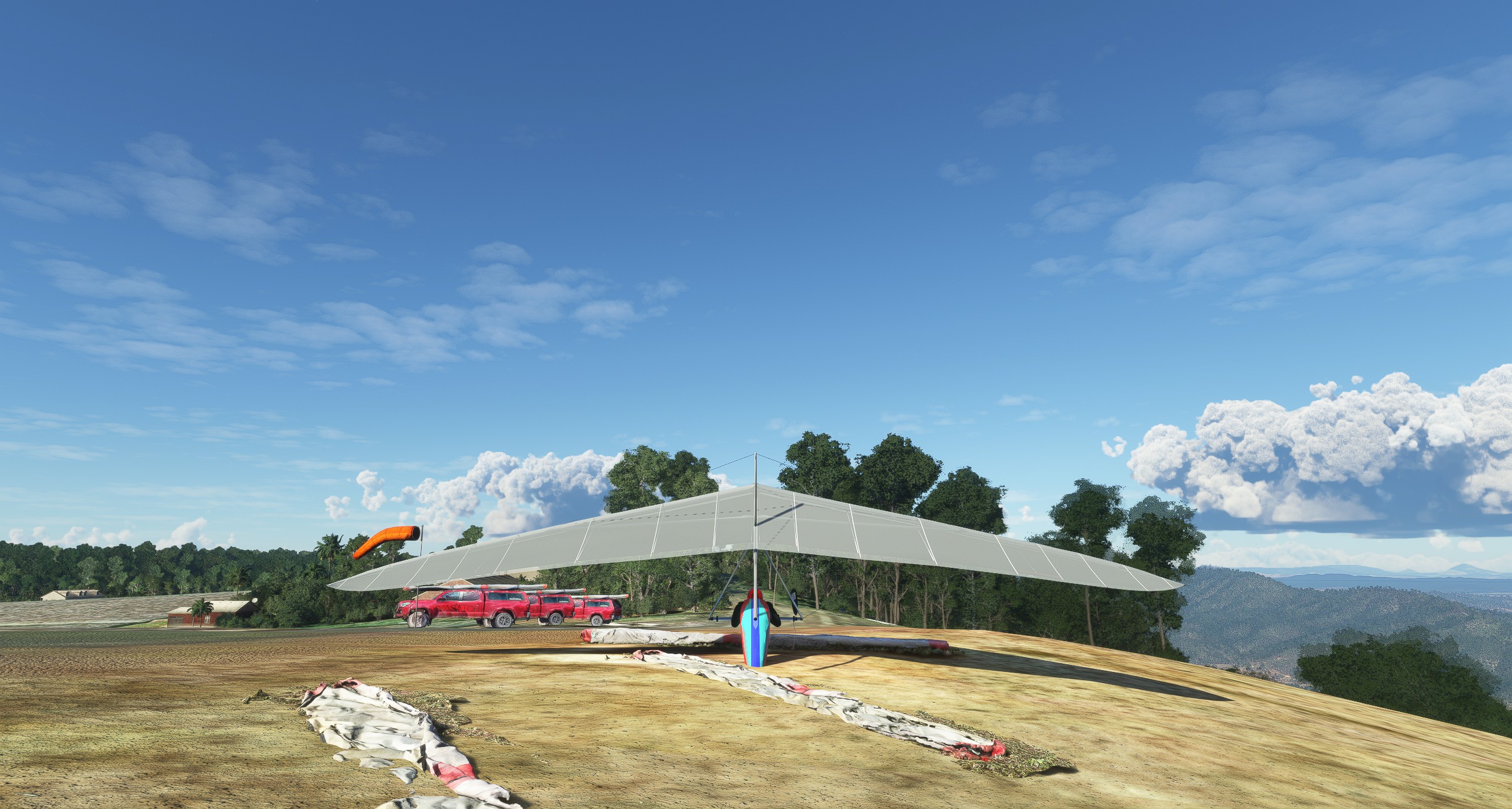
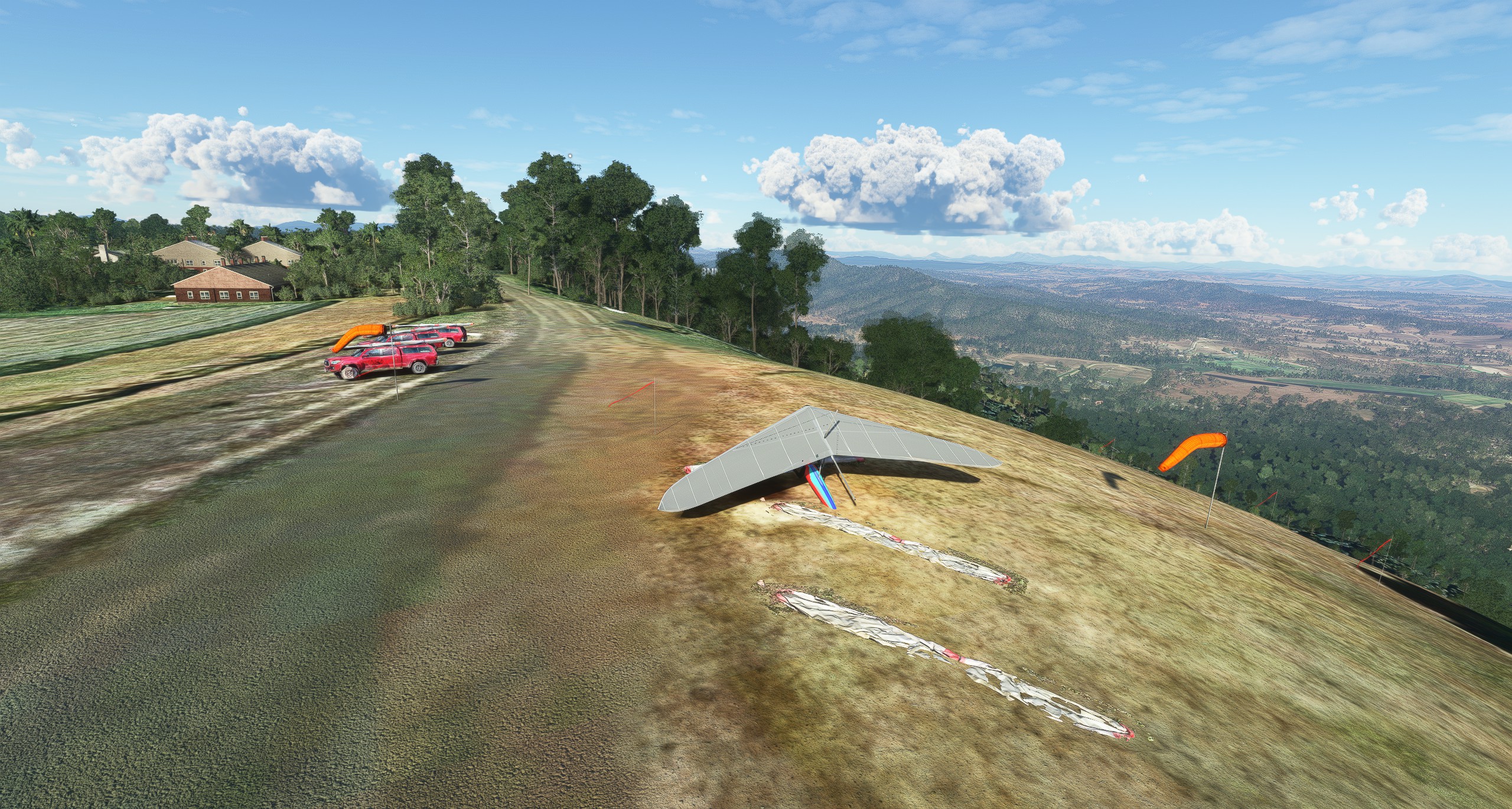
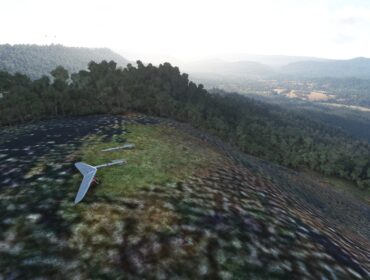
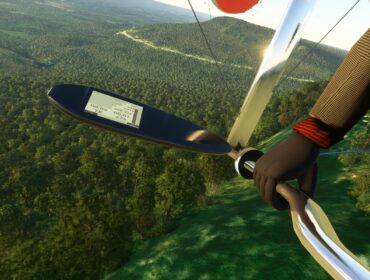
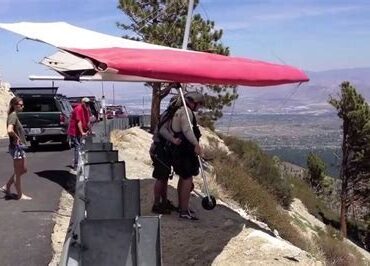
Hi the download for Tambo is not working, is this a problem>?
Sorry about that! It is fixed now. Enjoy!